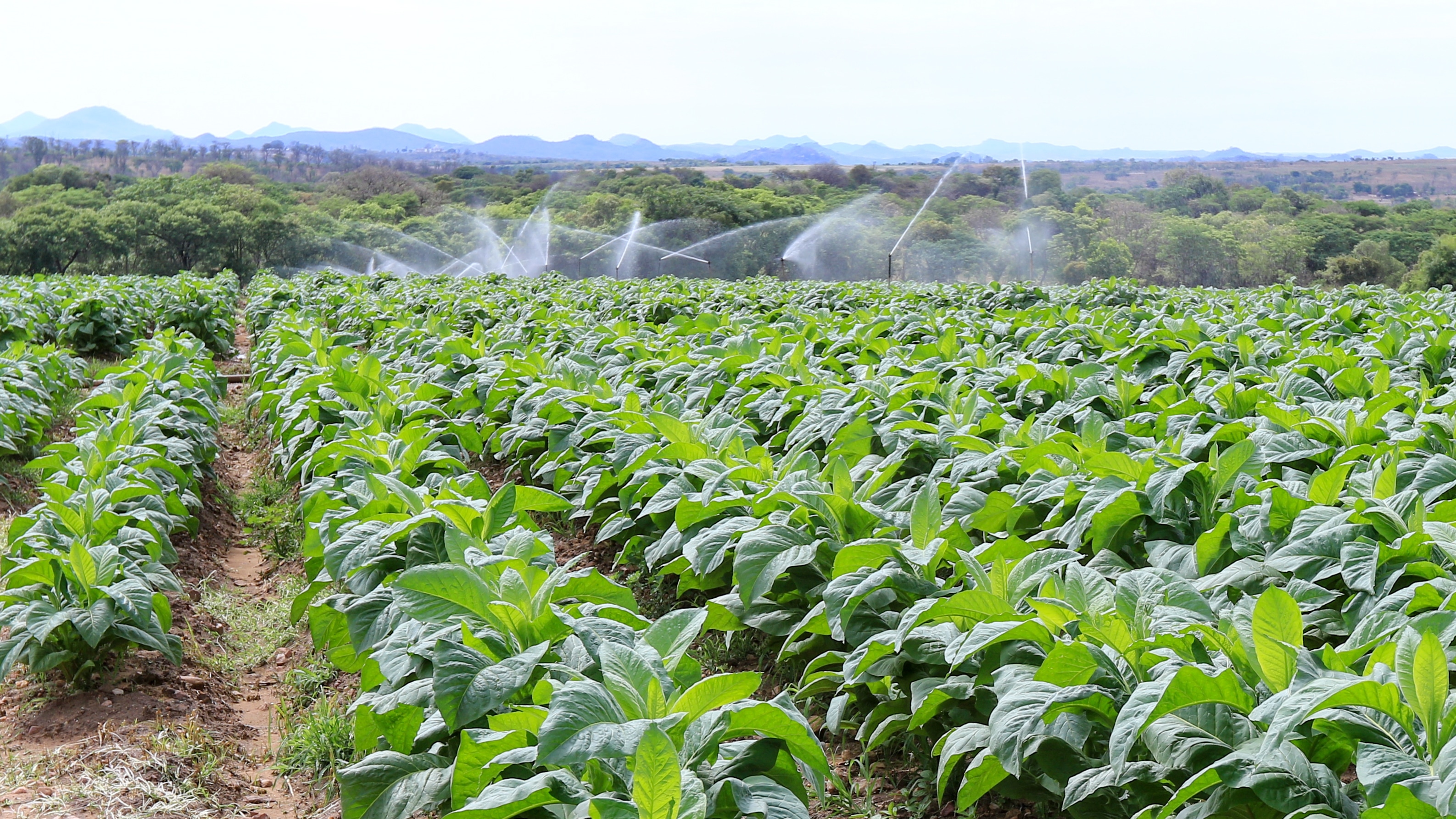Zimbabwe Tobacco Industry Considers Switch to Cannabis
FeaturedHempTrending Stories April 7, 2022 MJ Shareholders 0

In Zimbabwe, tobacco exports brought the country $794 million in 2020, down from a high of $927 million in 2016. Tobacco is the country’s third most valuable export crop after gold and nickel matte. That said, it is also facing a rather existential threat as the industry faces challenges brought about by COVID, a drought and a shift in production heading for South Africa.
In contrast, authorities are already planning for cannabis to be the country’s largest cash crop with earnings well over a billion dollars within the next five years. Last year, the country exported 30 tons of industrial hemp to Switzerland with another 20 tons due to be exported this year.
Tobacco farmers are now being encouraged to switch to cannabis. The hope is that at least a quarter of their income is derived from cannabis sales in just the next three years.
57 companies have now received their licenses from the Zimbabwean government to grow cannabis.
A Change for Black Farmers?
One of the biggest problems Black farmers face in Zimbabwe in the current market, no matter what they cultivate, is that smaller farmers are being consistently squeezed by intermediaries who are the only chance they have to get their wares to market.
Since 2000, Black farmers have taken over former white farms after Robert Mugabe’s supporters seized white-owned plantations. This temporarily brought the tobacco farming industry in the country to a standstill. However, since 2008, the industry has recovered.
The problem that the vast majority of farmers in Zimbabwe still face, however, is access to the global market as well as capital and supplies necessary to plant and harvest their crops. Many smaller farmers are struggling to make a living in an environment where they must go into debt for seed, fertilizer, and equipment to plant and harvest their crops with contracted sellers who also literally pay pennies on the dollar for crops they sell at auction bound mostly for China.
This infrastructure was created when banks pulled out of the sector because the government has never formally transferred the land it seized from the previous owners to the farmers who currently plant crops on this land. The contracted sellers, often financed with Chinese funds, are able to get top dollar for the crops, but they pay farmers next to nothing.
This is gradually changing. According to Agriculture Minister Anxious Masuka, tobacco farmers received 60% of the sales price for their tobacco in 2020, up from 50% in 2019.
While many farmers have been released from their obligations under this scheme on the tobacco side of the equation, there is nothing currently to suggest that a cannabis cultivation scheme would not create exactly the same problem.
Social Equity Still Scarce in Global Cannabis Industry
The terrible reality that still exists, globally, in the cannabis industry, is that no matter how lucrative it can be for a small minority of firms, most of these are founded and run by white people. Even in nations like the US and Canada, about 10% of executives are non-white. Indeed, according to recent data, both women and ethnic minorities continue to lose ground in the legitimizing industry globally.
In the developing world, the problem is even starker in large part because of historical inequities and the general unavailability of even loans to establish certified plantations.
This means that unless this problem is rectified, no matter how much focus governments put on cannabis cultivation and production as an “economic development tool,” the vast majority of such economic development, if not sales, will still go to a small (and mostly white, male) minority.
MJ Shareholders
MJShareholders.com is the largest dedicated financial network and leading corporate communications firm serving the legal cannabis industry. Our network aims to connect public marijuana companies with these focused cannabis audiences across the US and Canada that are critical for growth: Short and long term cannabis investors Active funding sources Mainstream media Business leaders Cannabis consumers











No comments so far.
Be first to leave comment below.